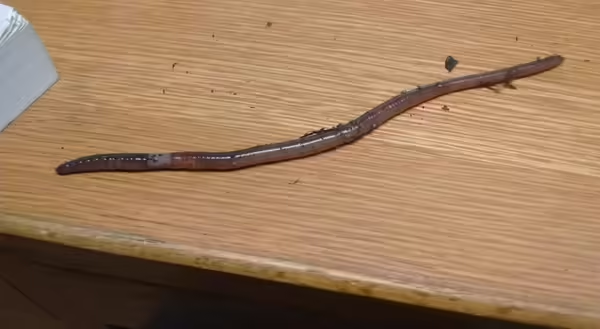
In 2021, both the consumer and retail sides of gardening have seen unique challenges due to the pandemic. Since spring 2020, garden centers saw a huge and unexpected increase in demand for seeds, plants of all kinds, and all the associated supplies used in home landscape.
This caught all of us off guard, and it had a trickle-down effect on those wholesale companies the retailers rely on as well. Consumers found their choices limited for certain kinds of goods and retailers were unable to keep the shelves fully stocked. This also held true for the availability trees, shrubs, and evergreens, as there is a lag between propagating plants and when they become of a size suitable for retail sales.
To complicate matters more, availability of garden products is likely impacted by the cargo ship situation as well. When will those goods make it to the garden center shelves?
This renewed (or new) interest in gardening may have been spurred by the pandemic, but it continued for multiple reasons and looks to follow suit in 2022.
According to an Axiom Marketing survey covering gardening interest in 2021:
- 15% of respondents wanted to create a beautiful space in the home landscape
- 20% gardened to lower stress levels
- 19% gardened to have family time
- 15% gardened for growing food
- 19% gardened due to time at home due to the pandemic
- 12% gardened for other reasons
The same survey asked intentions for 2022 with the following responses:
- 82% felt they were successful in their gardening efforts in 2021
- 62% say they will be planting more in 2022
- 28% expect to spend more in 2022
- 68% expect to spend the same
Quick word on jumping worms
Now, just a brief update on another hot horticulture topic for 2021 – jumping worms. As of mid-October, the Illinois map now shows 37 counties confirmed with jumping worms and six additional counties suspected of having the worm (there are 102 counties in Illinois). When Extension first starting tracking in 2017, there were 11 counties confirmed and five suspected. In October 2019, those numbers were 16 confirmed and seven suspected. It is clear the jumping worm has continued to be found in more counties each year, and we are approaching the 50 percent mark, if you count confirmed and suspected counties.
Gardeners are most likely going to go on gardening. Jumping worms like to be left alone, so beds worked once or twice a year will likely slow them down. Shrub and perennial beds could be more likely to see established jumping worm activity. Learn more about identification and management at go.illinois.edu/JumpingWorms.
Learn more about Illinois invasive species.
Want to know when new topics post here? Subscribe to Over the Garden Fence emails.
About the author: Richard Hentschel’s expertise extends across several subject areas with specialties in lawn care, fruit tree production, woody ornamentals, and home and community gardening. During his 45-year career in horticulture and agriculture, Hentschel became a well-known and respected expert for commercial and homeowner audiences, industry organizations, and media. He retired from University of Illinois Extension in April 2022 with nearly 30 years of service as a Horticulture Specialist and Educator in northern Illinois.